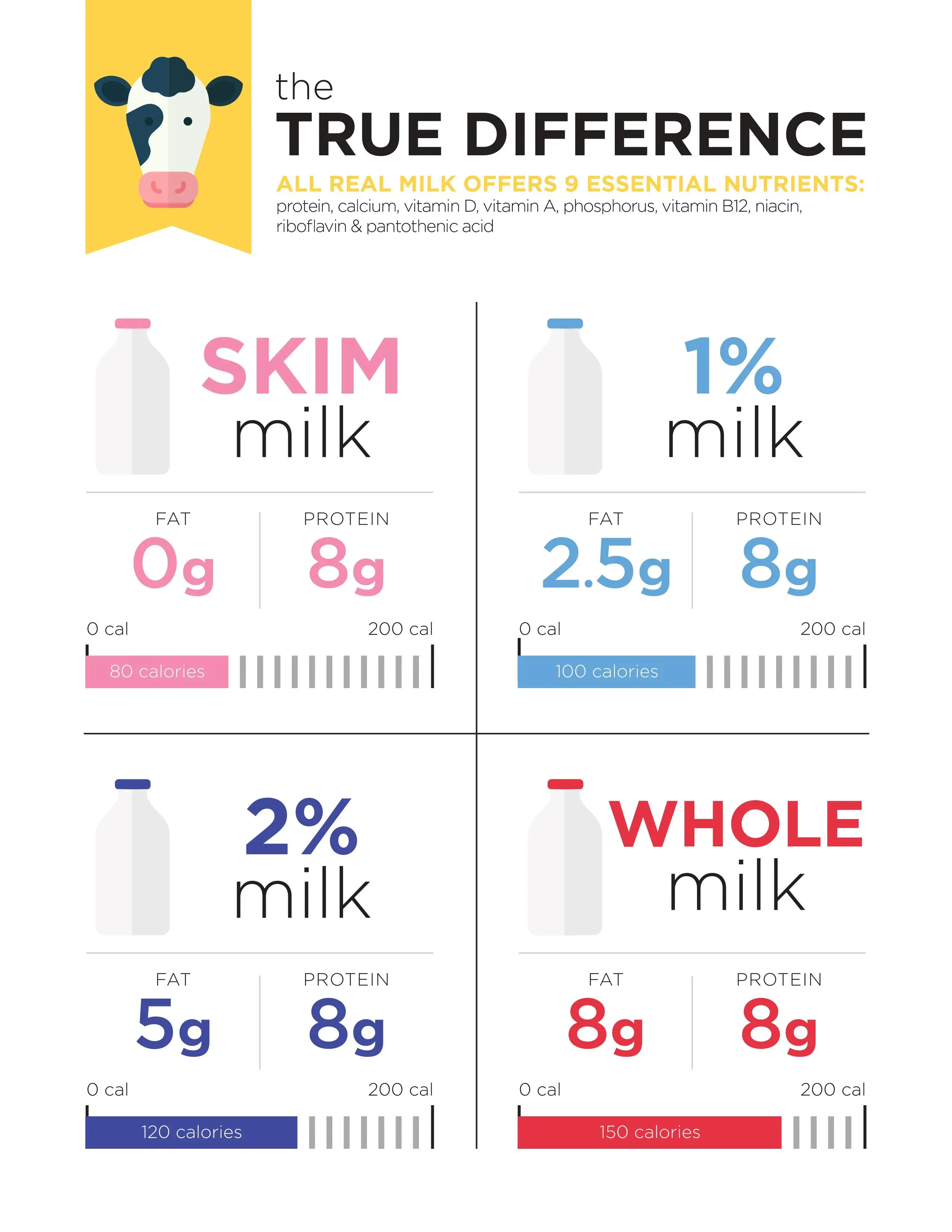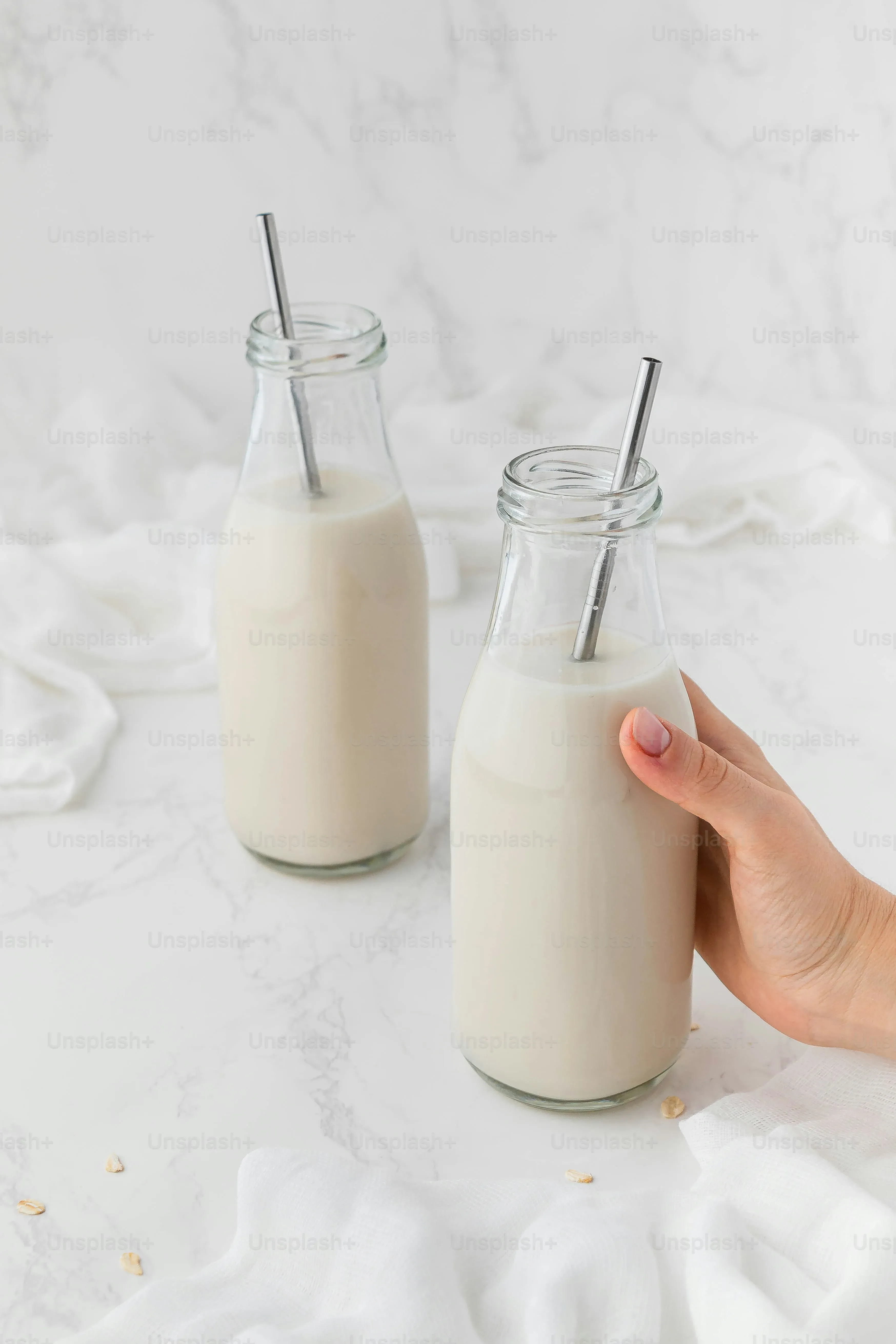Table of Contents
You’re standing in the dairy aisle. Half the carton options tell you fat is the enemy, pushing "low fat" or "skim." The other half, the "full cream" or "whole" milk, whispers tales of richness and flavor. For decades, the conventional wisdom hammered home the message: ditch the fat. The debate of low fat milk vs full cream milk became a battleground, with the lighter option declared the undisputed champion for health. But like many dietary pronouncements from the past, the reality is a bit more nuanced, and frankly, more interesting. This isn't just about dodging a few calories; it's about understanding nutrient absorption, satiety, and how milk actually performs in your morning coffee or that batch of cookies. In this article, we'll pull back the curtain on the real differences. We'll explore the distinct profiles of full cream, low fat, and even skim milk – from their fat content and nutritional breakdown to how they behave in recipes. Get ready to move beyond the simplistic "fat is bad" mantra and make an informed choice based on facts, not just dated dietary dogma.
Low Fat Milk vs Full Cream Milk: Understanding the Basics
Low Fat Milk vs Full Cream Milk: Understanding the Basics
The Great Dairy Divide: Fat Content is King (or Queen?)
Alright, so you're staring down the dairy aisle, right? It feels like a nutritional minefield sometimes. The big difference, the one that kicks off this whole "low fat milk vs full cream milk" debate, boils down to just one thing: fat. Simple as that. For years, we were told fat was the enemy, Public Health Enemy Number One, lurking in every delicious bite. Milk got caught in the crossfire. Full cream milk, with its glorious, creamy texture, was suddenly demonized, while the lighter, almost watery versions were pushed as the health savior. It’s a classic case of oversimplification, ignoring that fat isn't just calories; it's flavor, mouthfeel, and helps your body absorb certain vitamins. So, before we get into who wins the nutritional crown, let's just agree that the primary distinction rests on how much of that rich stuff is left in the carton.
Defining the Players: What the Labels Actually Mean
When you pick up a carton, the label isn't just marketing fluff; it's telling you precisely how much fat has been removed or left in. Full cream milk, often called whole milk in the US, typically clocks in around 3.5% to 3.8% fat. This is milk pretty much as it comes from the cow, maybe standardized a bit. Low-fat milk, on the other hand, has had some of that fat skimmed off, bringing it down to somewhere between 0.5% and 1.5%. Think of it as a compromise. Then there's skim milk, the austerity model, where almost all the fat is gone, usually less than 0.15%. Understanding these percentages is the first step in figuring out which dairy friend is best suited for your needs, whether that's dunking cookies or making a béchamel sauce.
Milk Type | Typical Fat Content |
|---|---|
Full Cream (Whole) | ~3.5% - 3.8% |
Low-Fat (1% or 2%) | 0.5% - 1.5% |
Skim (Non-fat) | < 0.15% |
Full Cream Milk: Richness, Flavor, and Culinary Uses
Full Cream Milk: Richness, Flavor, and Culinary Uses
Why Full Cream Milk Just Tastes Better (Sorry, Not Sorry)
Let's be honest. When you pour a glass of full cream milk, you're not just getting liquid; you're getting an experience. That higher fat content? It’s the secret sauce. It delivers a richer, more luxurious mouthfeel that low fat versions simply can't replicate. Think of it like the difference between a skimpy, watered-down broth and a slow-simmered, bone-in stock. The fat carries flavor compounds, coating your palate and providing a satisfying creaminess. It's why a splash in your coffee feels decadent, or why drinking it straight tastes like, well, *real* milk. For anyone who grew up on the stuff before the fat-free frenzy, this is the taste of nostalgia, pure and simple. It’s not just about calories; it’s about the sensory pleasure that comes from that little bit of extra fat.
Bringing the Flavor to Your Kitchen Creations
Beyond just drinking it, full cream milk is the unsung hero in countless recipes. Its fat content provides stability and body, making it indispensable for certain culinary tasks. Trying to make a silky smooth béchamel sauce? You need the fat to emulsify properly. Whipping up a rich custard or ice cream base? Full cream milk delivers the necessary texture and prevents ice crystals. Baking? The fat contributes to tenderness and moisture in cakes, scones, and bread. Swapping it out for low fat milk might save you a few calories, but it often compromises the final result, leaving you with a thinner sauce or a less tender crumb. It's the workhorse of the dairy world when you need richness and structure.
- Essential for creamy sauces like béchamel and alfredo.
- Key ingredient for rich desserts like custards and ice cream.
- Adds moisture and tenderness to baked goods.
- Provides body and flavor in soups and chowders.
- Makes a truly satisfying glass of milk on its own.
Low Fat Milk: Lighter Option with Nutritional Nuances
Low Fat Milk: Stripping Down the Fat, What's Left?
so we've established full cream milk brings the flavor party with its fat. Now, let's talk about the other side of the coin: low fat milk. The big draw here, historically, has been the calorie count. Pulling out the fat significantly reduces the energy density. This was the driving force behind the low-fat craze – eat less fat, consume fewer calories, lose weight. Simple, right? Except nutrition is rarely that simple. While you lose the bulk of the saturated fat (which was the main target of the dietary guidelines back then), you also lose some fat-soluble vitamins that are naturally present or added and require fat for optimal absorption. Think Vitamins A and D. Milk is often fortified with these, but without the fat, their bioavailability can be less efficient. So, while you get the protein, calcium, and other water-soluble vitamins, you're making a trade-off on the fat and how your body processes certain other nutrients.
- Significantly lower in calories compared to full cream milk.
- Contains less saturated fat.
- Still a good source of protein and calcium.
- May be less effective for absorbing fat-soluble vitamins (A, D) without dietary fat present.
- Lacks the rich texture and mouthfeel of full cream milk.
Making Your Choice: Low Fat Milk vs Full Cream Milk for Your Lifestyle
Making Your Choice: Low Fat Milk vs Full Cream Milk for Your Lifestyle
Beyond the Hype: Deciding What's Right for You
so we've dissected the cartons, sniffed out the fat content, and debated the merits of creamy versus less creamy. Now comes the million-dollar question: which milk should *you* be pouring? The truth is, there's no single "right" answer in the low fat milk vs full cream milk showdown that applies to everyone. It really boils down to a few key factors: what you like, what you need nutritionally, and how you plan to use it. Forget the old diet rules for a second. Are you someone who finds the richness of full cream milk satisfying, maybe helping you feel full longer? Or do you genuinely prefer the lighter texture of low fat milk, especially in things like cereal or smoothies? Your personal preference plays a huge role in consistency, and consistency is key to any dietary pattern.
Consider your overall diet, too. If you're getting plenty of healthy fats from other sources – avocados, nuts, olive oil – then perhaps the fat content in milk is less critical for satiety or nutrient absorption. Conversely, if dairy is one of your primary sources of dietary fat, or you're using it in recipes where fat is crucial for texture and flavor, the full cream option might make more sense. It's not just about calories in isolation; it's about the nutrient package and how it fits into your entire day's eating. Think about your age, activity level, and any specific health goals. A growing child might benefit from the extra energy in full cream, while someone managing heart disease might lean towards lower saturated fat options, although even that advice is evolving.
- **Taste Preference:** Do you love the creamy texture or prefer something lighter?
- **Dietary Goals:** Are you focused on calorie reduction, satiety, or specific nutrient intake?
- **Culinary Use:** Will you be drinking it straight, adding it to coffee, or using it for cooking/baking?
- **Overall Diet:** How does the milk's fat content fit into your total fat intake from all foods?
- **Life Stage:** Nutritional needs can vary based on age and activity level.
Let's talk practical use. If your milk consumption is limited to a splash in your tea or coffee, the difference between low fat milk vs full cream milk calories is negligible over the course of a day. Seriously, we're talking maybe 10-20 calories per serving difference in that context. However, if you're drinking multiple glasses a day, or using it as the base for shakes or sauces, those differences add up. Full cream milk will undeniably give you a richer sauce or a more decadent shake. Low fat milk, while still providing protein and calcium, will yield a thinner result. You have to ask yourself what's more important for that specific application – calorie saving or culinary outcome?
Making Your Milk Choice
So, after wading through the fat percentages and nutritional charts, where does that leave you in the low fat milk vs full cream milk debate? It turns out the answer isn't a simple "one is better." Full cream milk offers richness and can enhance fat-soluble vitamin absorption, while low fat varieties shave off calories and saturated fat for those tracking those numbers closely. Skim milk provides protein and calcium with minimal fat or calories, though its utility in cooking is limited without modification. The decades-old push toward exclusively low-fat dairy missed the mark on the complexity of nutrition and personal preference. Ultimately, the "right" milk is the one that fits your dietary needs, taste preferences, and how you plan to use it – whether it's for baking, a splash in coffee, or a cold glass. Consider the facts, ignore the outdated dogma, and pick the carton that makes sense for you.
